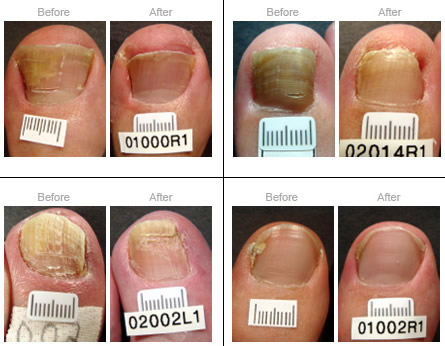Beaming Away Fungal Woes: The Magic of Laser Nail Therapy
Laser treatment for fungal nail infections is emerging as a game-changing solution for those battling persistent nail woes. laser for fungal nail -edge therapy offers a ray of hope for individuals struggling with the discomfort and embarrassment caused by fungal infections in their nails. By harnessing the power of advanced laser technology, this treatment aims to eliminate the troublesome fungi responsible for the infection, fostering healthier and clearer nails.
Unlike traditional methods that often fall short in delivering lasting results, fungal nail laser treatment presents a non-invasive and highly effective approach. The precision of the laser targets the affected areas with unparalleled accuracy, effectively penetrating the nail to eradicate the fungal infection at its source. This innovative procedure not only addresses the current infection but also helps prevent its recurrence, offering patients a long-term solution to their fungal nail concerns.
How Laser Nail Therapy Works
Laser nail therapy for fungal infections is a cutting-edge treatment that harnesses the power of concentrated light beams to target and eliminate fungal organisms. The laser emits specific wavelengths that can penetrate the nail bed without causing harm to the surrounding healthy tissue. By directly attacking the fungal cells, the laser effectively disrupts their structure and inhibits their ability to multiply, ultimately leading to the eradication of the infection.
Unlike oral medications or topical solutions which may have limited effectiveness, laser therapy offers a non-invasive and painless approach to treating fungal nail infections. As the laser is directed at the affected nail, it safely heats the fungal cells to a point where they are rendered inactive while ensuring minimal discomfort to the patient. Additionally, the precision of the laser allows for targeted treatment, reducing the risk of any side effects commonly associated with systemic antifungal medications.
One of the key benefits of laser nail therapy is its ability to provide results without the need for ongoing medication use. Following a series of treatment sessions, the affected nail begins to show signs of improvement as the fungal infection is gradually eliminated. This innovative approach offers a convenient and efficient solution for individuals looking to address fungal nail issues with a high success rate and minimal risk.
Benefits of Fungal Nail Laser Treatment
Fungal nail laser treatment offers an effective solution for tackling stubborn nail infections. Unlike traditional treatments, such as antifungal medications or topical creams, laser therapy targets the infection directly without the risk of side effects commonly associated with oral medications.
One of the key advantages of laser treatment is its non-invasive nature. The procedure is painless and does not require any downtime, allowing individuals to resume their daily activities immediately after the session. This makes it a convenient option for those seeking a quick and efficient solution to their fungal nail woes.
Moreover, fungal nail laser treatment is known for its high success rates in eliminating fungal infections. By targeting the infection at the source, the laser effectively eradicates the fungus without damaging the surrounding tissues. This results in improved nail health and appearance over time, providing long-lasting relief for individuals struggling with persistent nail infections.
Potential Side Effects

Laser treatment for fungal nail infection is generally well-tolerated with minimal risks. However, as with any medical procedure, there are potential side effects to consider. Some individuals may experience temporary discomfort during the treatment, which can typically be managed with over-the-counter pain relievers.
In rare cases, laser nail therapy may cause mild redness, swelling, or blistering around the treated nail area. These side effects usually resolve on their own within a few days to a week. It is important to follow post-treatment care instructions provided by your healthcare provider to minimize the risk of any complications and promote healing.
While highly uncommon, allergic reactions to the laser device or topical agents used in conjunction with the treatment have been reported. If you have a history of skin sensitivities or allergies, it is essential to discuss this with your healthcare provider before undergoing laser therapy for fungal nail infection. Monitoring for any adverse reactions and seeking prompt medical attention if needed is crucial for your overall health and well-being.